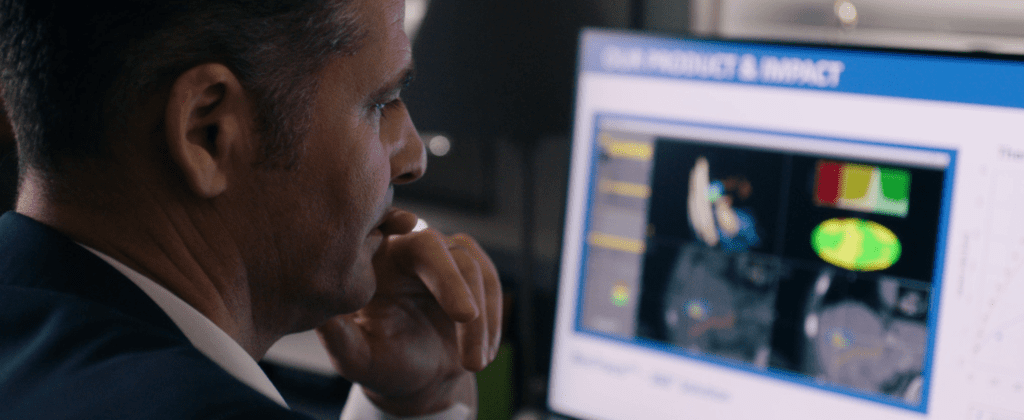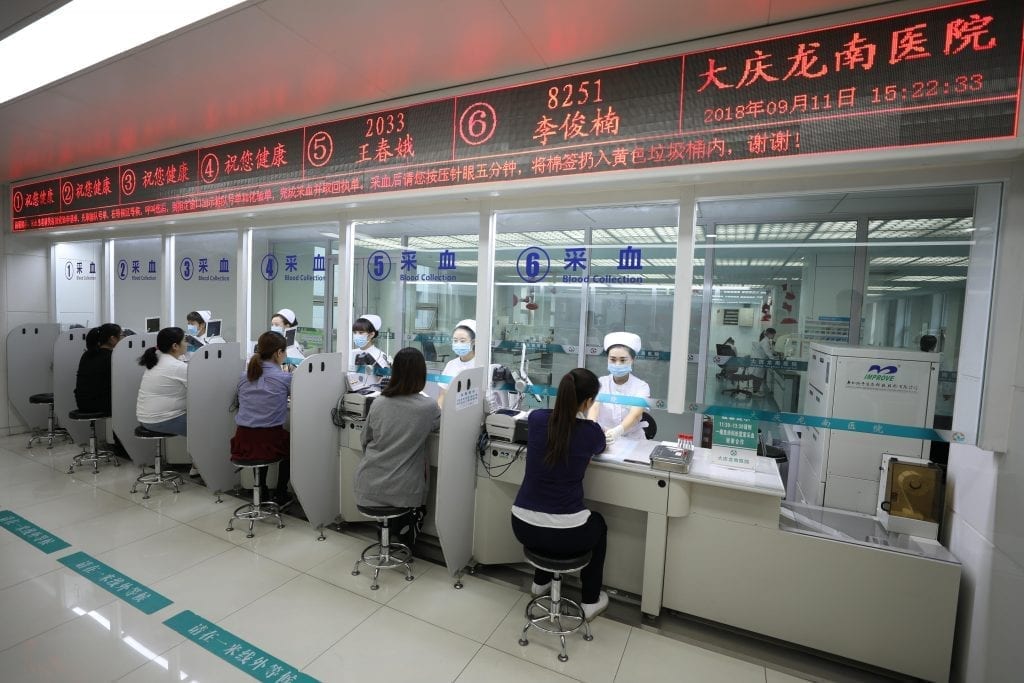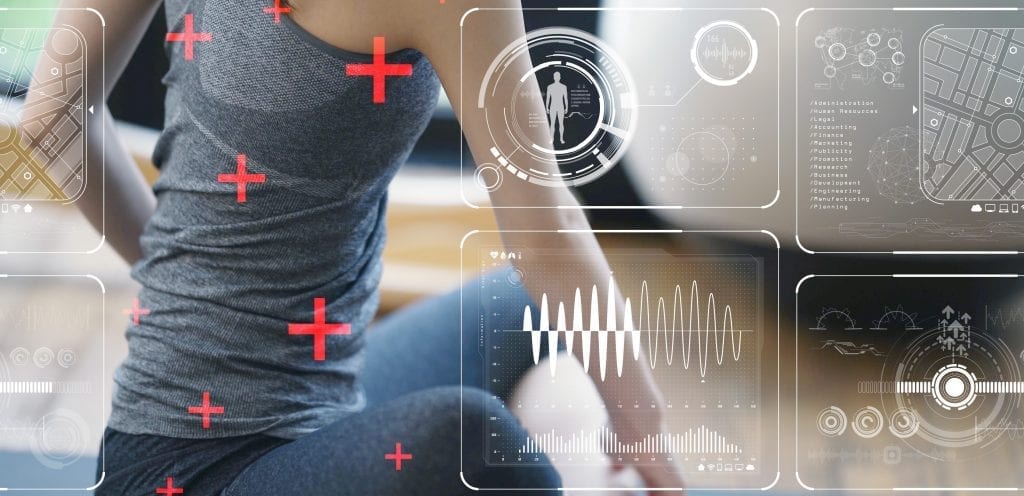Already, we’re seeing Lenovo’s powerful AI innovations revolutionize tumor removal and increase access to care. As Paul Walsh, Lenovo’s Chief Digital Officer explained, “The potential for technology to transform healthcare is virtually limitless—and the world’s people are and will be better for it.”

The diagnostic transformation relies in part on the evolution of two technology segments: supercomputers and sensor devices. Walsh referenced processes that rely on cameras, which are rapidly increasing in resolution and speed. Systems run AI programs to comb through that dense data with ever-greater efficiency, pinpointing changes and flagging them for review.
“We already see this with eye cancers, for example, where older devices could only capture and analyze larger phenomena—finding more subtle disease markers couldn’t be automated,” Tease said. “That’s all changing.”
And what of the underlying algorithms and computing behind all the analysis?
“AI will be applicable to every aspect of data centers and IT infrastructure, so we’re selective on where we apply our efforts,” Tease said. “Lenovo chose healthcare as one of our key priorities. You need real depth of understanding to do this the right way, so we’re investing in experts on medicine—covering the equipment, processes, and facilities. We have powerful underlying core AI skills, and now we have partners to help us solve specific problems.”
Part of AI growth involves employing what’s called “transfer learning,” where programmers and engineers use tangential data as a starting point.
“So we can use data on, for example, liver tumors, with a huge database to then create reference points to inform other organs or pathologies with less data,” Tease said. “As the data set grows, so too will AI’s opportunities to jump into the process.”
Perhaps the least-thrilling part of this transformation—but no less essential—unfolds on the backend, overhauling the massive administrative challenges hospitals face. Processes such as insurance pre-verification are often time-consuming and riddled with errors; AI can optimize and automate these systems to save time and money without compromising quality.

More exciting is the way AI-driven pattern recognition is changing the way hospitals triage, plan resource distribution, and anticipate patient needs.
“AI can comb through patient data and predicts the patients most likely to need care within, say, the next 90 minutes,” Stevens said. “It can also tease out patterns from biometrics, flagging them for review and alerting the necessary staff. Doctors and nurses can then focus more on care where and when needed, and less on logistics.”
This is a trend of optimization—finding new efficiencies that inform patients and caregivers. So when you’re in the room with the doctor, all parties are able to ask more incisive questions and let data more readily bolster decisions.
Meanwhile, on the patient side, we’re living in the data renaissance: Everything from phones to watches to scales include sensors and IoT connectivity to create a network of detailed and personalized health data. Heart rate, weight, BMI, activity level, and even more nuanced data like VO2-max are becoming common place. Experts predict more than 250 million wearables will ship out in 2021 alone, bolstered by interconnected analysis.

“With a virtual health coach, the downside is negligible,” Tease said. “It’s nearly all upside here, with recommendations to motivate people and create customized plans to prevent health issues. AI has been welcomed into that space.”
How medical professionals will use that data—rather than trust exclusively to their own measurements—is an open and evolving question. The answer will rely as much on technology as on global healthcare regulations, which are fantastically nuanced and varied across countries.
